By Julie Tomascik
It’s been one month since the historic artic weather blasted the Lone Star State. Now the sun is shining, and the green grass peeking through signals spring and hope for new growth and new life.
But when the snow and ice covered Texas like a white blanket last month, some farm families were left feeling helpless.
The snow fell. The temperatures dropped. Crops suffered. And livestock needed extra care.
For farmers and ranchers, minutes turned into hours, and desperation and exhaustion set in.
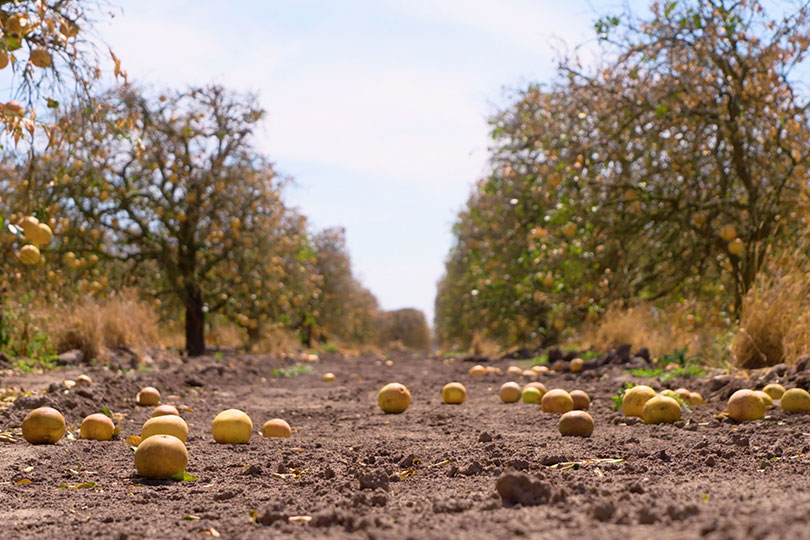
When the snow began to thaw, what remained for some was devastation. Hopes for a bountiful harvest melted. For others, there was still a chance to save crops. And many livestock fortunately survived the storm.
But the losses are staggering. Early estimates show that the damage to Texas agriculture totals more than $600 million. Those damages include:
- Citrus crops: at least $230 million
- Livestock: at least $228 million
- Vegetable crops: at least $150 million
- A loss of over $42 million in sales of onions
- A loss of over $27 million in sales of leafy greens
- A loss of over $20 million in sales of watermelons
- A loss of over $15 million in sales of cabbage
- A loss of over $42 million in additional vegetable and herb sales
And losses to the state’s aquaculture production continue to climb.
About 98% of the redfish raised in the United States comes from farmers in the Texas Gulf Coast region. When temperatures dropped, the fish couldn’t handle the cold, despite farmers bringing in heaters.
Warm-water species, like the redfish, died. Leaving farmers facing a complete loss. And consumers facing short supplies of domestic fish.
Estimates show that over 10 million pounds of fresh fish will never reach consumers due to the bone-chilling temperatures and cold precipitation that killed the fish.
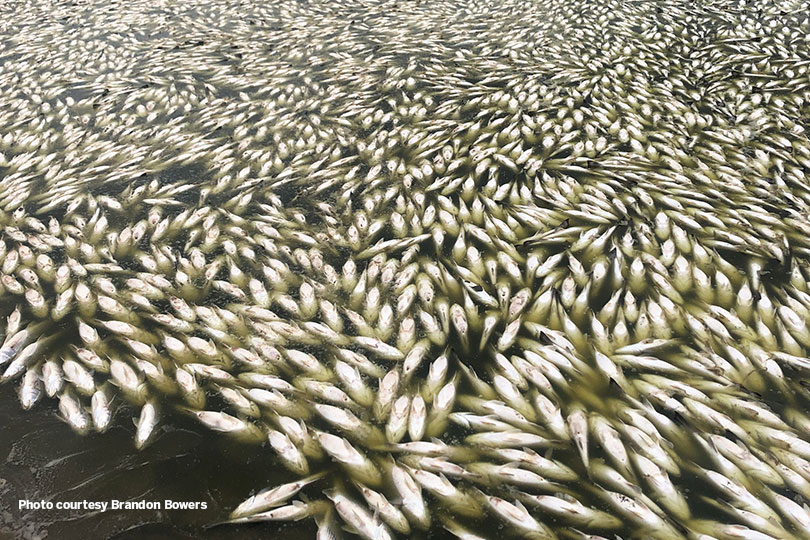
An historic freeze on top of supply chain issues brought on by COVID-19: That’s the scenario many in agriculture are facing. It’s a perfect storm.
Many are moving forward, but a lot of work lies ahead. Farmers and ranchers remain focused on growing food and fiber and raising livestock, as well as caring for their families.

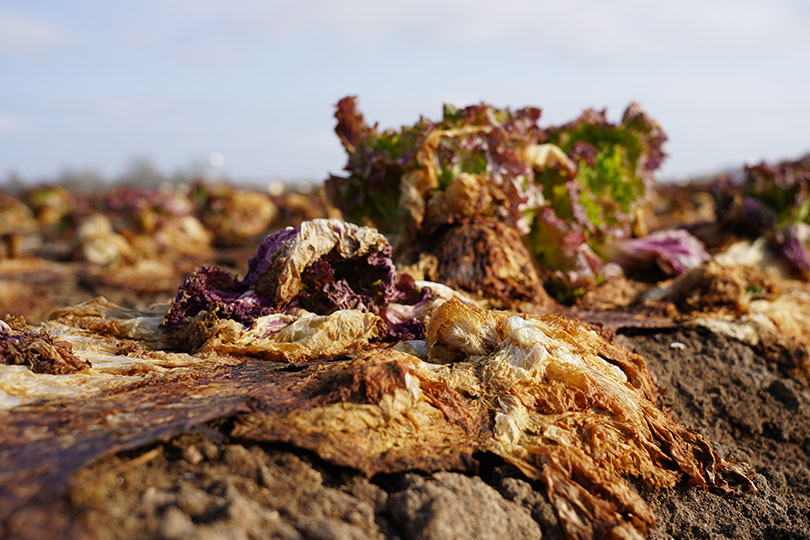
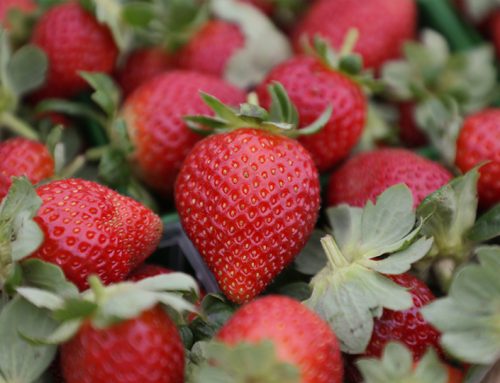
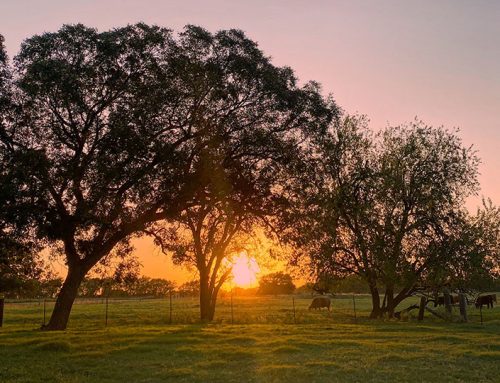
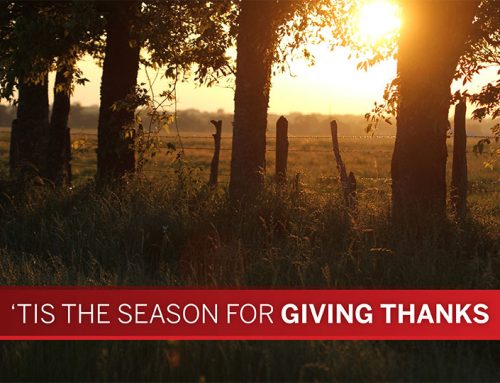

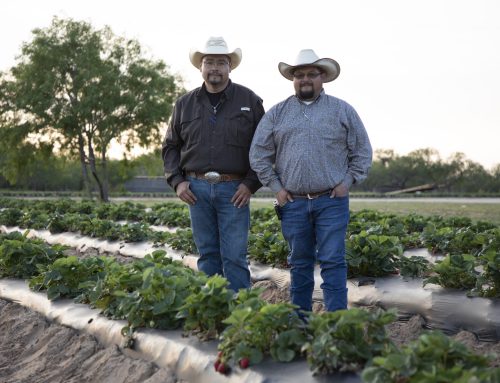




Leave A Comment